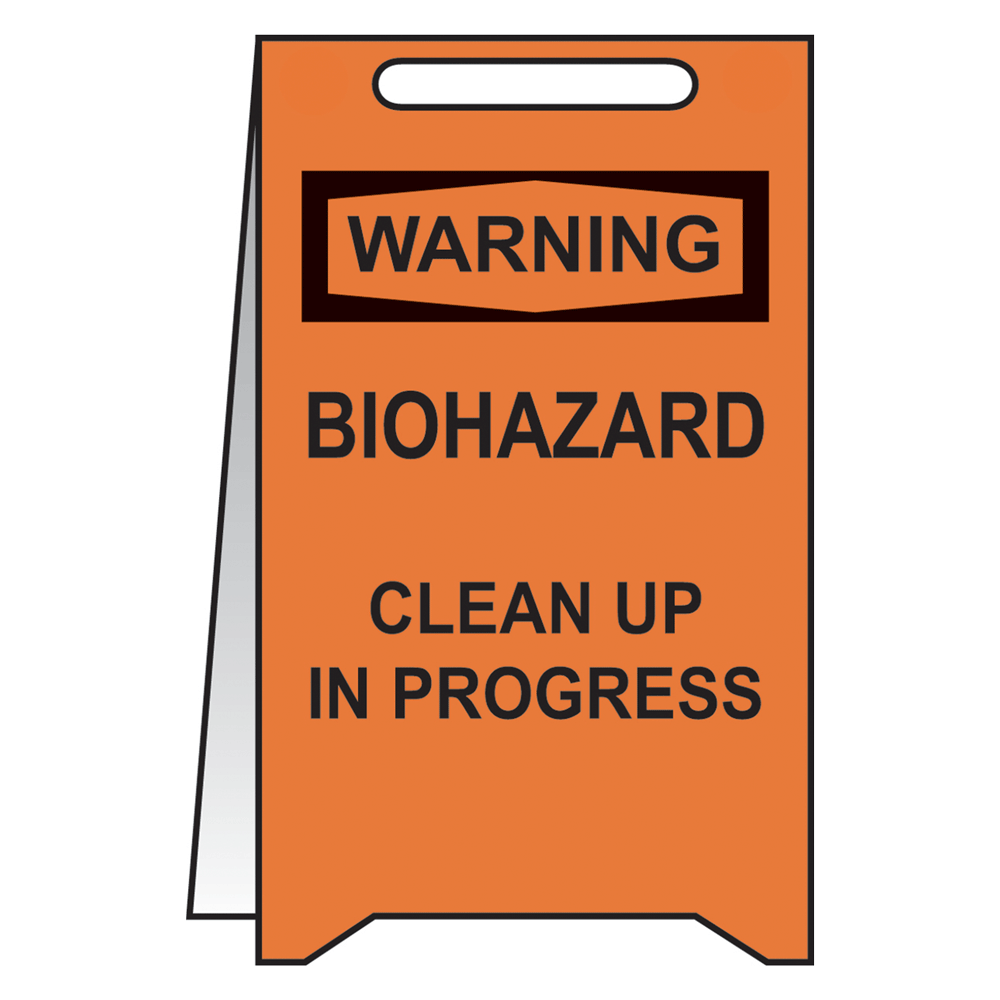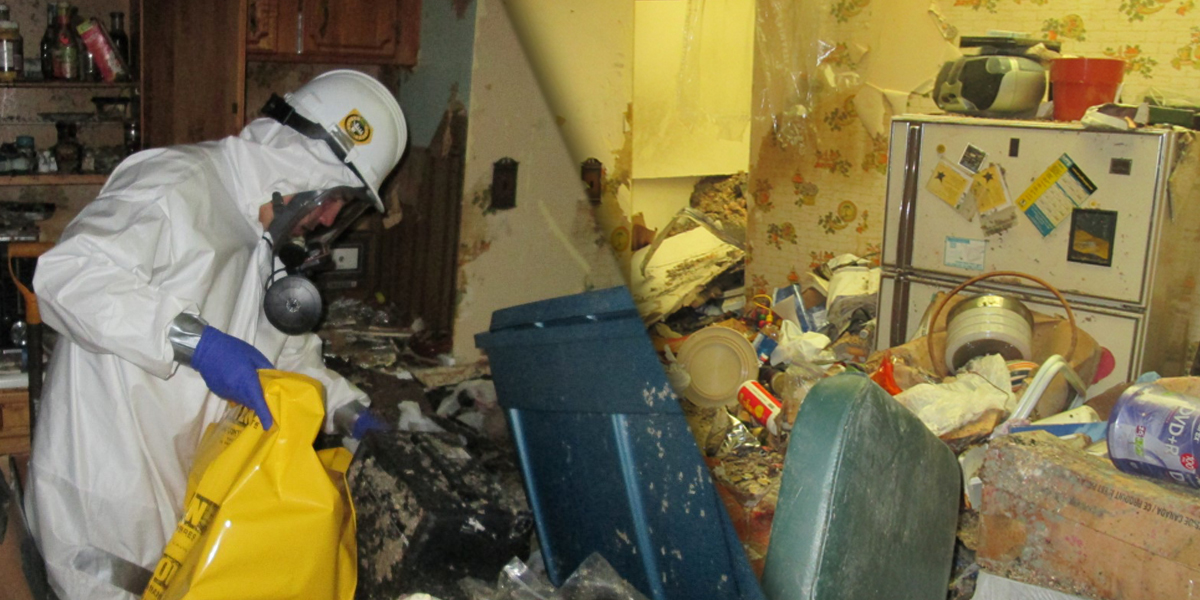Professional Biohazard Cleansing and Purification for Blood, Bodily Fluids, and Hazardous Products
The potential wellness threats linked with exposure to biohazards underscore the critical requirement for careful handling and detailed cleanup. As we browse the intricate landscape of biohazard cleanup, understanding the nuances of regulations, conformity, and the customized equipment at play becomes crucial in guaranteeing a risk-free and extensive decontamination process.
Wellness Threats of Biohazard Direct Exposure
Direct exposure to biohazards poses considerable health risks that can lead to serious repercussions for individuals and areas alike. Biohazards incorporate a vast array of organic compounds, including blood, bodily fluids, mold, germs, viruses, and various other potentially transmittable materials. When individuals come into call with these biohazards, whether with crashes, improper handling, or ecological exposure, they face the risk of contracting severe ailments or diseases.
One of the main health threats related to biohazard direct exposure is the transmission of transmittable illness. Bloodborne microorganisms such as HIV, liver disease B and C, and numerous bacteria can be existing in biohazardous products, presenting a straight risk to human health. Breathing in air-borne biohazards like mold spores or entering into call with polluted surface areas can additionally lead to respiratory system problems, allergic reactions, and various other negative wellness impacts.
Additionally, biohazard exposure can have lasting health ramifications, with some diseases manifesting years after the first contact (Blood Cleanup). Consequently, it is crucial to prioritize correct biohazard cleaning and purification to minimize these wellness dangers and guarantee the security of communities and individuals

Specialized Training for Biohazard Clean-up
When it involves taking care of biohazard cleanup efficiently and securely, specialized training plays a basic role in guaranteeing proper decontamination treatments are followed. Biohazard cleaning needs certain expertise and skills to properly minimize threats connected with bloodborne microorganisms, physical liquids, and dangerous materials. Specialists trained in biohazard cleaning undertake rigorous direction on exactly how to securely take care of, eliminate, and take care of biohazardous products to stop contamination and exposure.
Specialized training for biohazard cleanup covers a variety of necessary subjects, consisting of correct personal protective tools (PPE) usage, bloodborne virus understanding, decontamination strategies, and dangerous waste disposal protocols. Individuals learnt biohazard clean-up are furnished with the necessary proficiency to evaluate contamination degrees, identify prospective dangers, and apply appropriate clean-up treatments in compliance with regulative requirements.
Continuous training and education are extremely important in the field of biohazard clean-up to stay updated on the most up to date purification innovations, safety procedures, and laws. By purchasing specialized training, biohazard cleanup experts can successfully react to emergency situation cleanup scenarios and safeguard both public wellness and the setting.
Importance of Proper Purification Methods
Utilizing proper purification techniques is crucial in biohazard clean-up to effectively minimize and eliminate harmful materials wellness risks. Reliable decontamination not just makes sure the removal of visible traces of blood, physical fluids, and other biohazards yet likewise targets invisible virus that may position serious health and wellness risks if not appropriately eliminated. By complying with rigorous decontamination protocols, educated experts can dramatically lower the risk of direct exposure to dangerous bacteria, infections, and germs that could cause infections or conditions.
Correct purification methods involve making use of customized equipment and anti-bacterials that are particularly designed to neutralize biohazards properly. Complete cleaning and disinfection of infected locations are necessary to prevent the spread of microorganisms and make sure my site a safe environment for occupants. Furthermore, the correct disposal of biohazardous waste complying with purification treatments is crucial in protecting against contamination of other surface areas or individuals.

Equipment and Tools for Safe Cleaning
The appropriate equipment and tools play a crucial function in guaranteeing the effective and risk-free cleaning of biohazardous products. When dealing with blood, bodily liquids, or hazardous materials, biohazard cleansing experts count on specialized gear to lessen exposure threats and thoroughly decontaminate the damaged location. Personal protective devices (PPE) such as handwear covers, masks, coveralls, and goggles are necessary to secure versus direct contact with potentially contagious products. Furthermore, biohazard cleaning packages having anti-bacterials, absorbing products, and biohazard bags discover this are utilized to safely dispose and contain of infected things. Blood Cleanup.
Advanced cleaning tools like hospital-grade disinfectants, HEPA-filtered vacuums, and fogging machines are utilized to sanitize surface areas and remove biohazards effectively. Specialized equipment such as sharps containers and biohazard garbage disposal containers are used to securely take care of sharp items and biohazardous waste products. By utilizing the ideal devices and tools, biohazard cleansing specialists can make sure a detailed cleaning procedure that focuses on security and minimizes health threats for both workers and owners of the afflicted room.
Regulations and Conformity in Biohazard Cleansing
Correct adherence to guidelines and conformity criteria is paramount in biohazard cleaning to ensure the safety of both employees and the setting. Government firms such as OSHA (Occupational Safety and Health And Wellness Administration) and the EPA (Environmental Protection Agency) have established particular guidelines for biohazard cleaning treatments to decrease health and wellness threats and ecological contamination. These policies cover a variety of elements including the handling, transport, and disposal of biohazardous products, in addition to the essential training and protective equipment needed for personnel associated with the cleaning process.
Biohazard cleaning firms should remain up-to-date with these guidelines to ensure that their operations fulfill the called for safety criteria. Failing to abide by these guidelines can lead to severe repercussions, including penalties, lawsuit, and endangering the health of people and the setting. By following strict guidelines and conformity procedures, biohazard cleaning firms can properly minimize dangers and guarantee a risk-free and complete cleanup procedure for all celebrations involved.
Final Thought
Finally, biohazard cleansing and decontamination call for specialized training, appropriate techniques, and adherence biohazard cleanup to guidelines. Direct exposure to blood, physical fluids, and harmful products poses significant wellness risks, making it crucial to use the ideal devices and devices for risk-free clean-up. By complying with rigorous methods and standards, professionals can properly mitigate the risks connected with biohazard direct exposure and ensure the security of both themselves and others.
As we navigate the elaborate landscape of biohazard cleaning, understanding the subtleties of regulations, conformity, and the specific equipment at play becomes crucial in making sure a detailed and secure purification process. (Blood Cleanup)
When it comes to handling biohazard cleanup effectively and securely, specialized training plays a fundamental duty in guaranteeing appropriate decontamination procedures are complied with.Utilizing correct decontamination methods is critical in biohazard cleanup to successfully eliminate dangerous materials and minimize health dangers. Furthermore, biohazard cleaning kits consisting of disinfectants, absorptive products, and biohazard bags are utilized to safely contain and dispose of infected products.
Government agencies such as OSHA (Occupational Safety And Security and Wellness Management) and the EPA (Environmental Protection Company) have established details standards for biohazard cleaning procedures to reduce health dangers and environmental contamination.